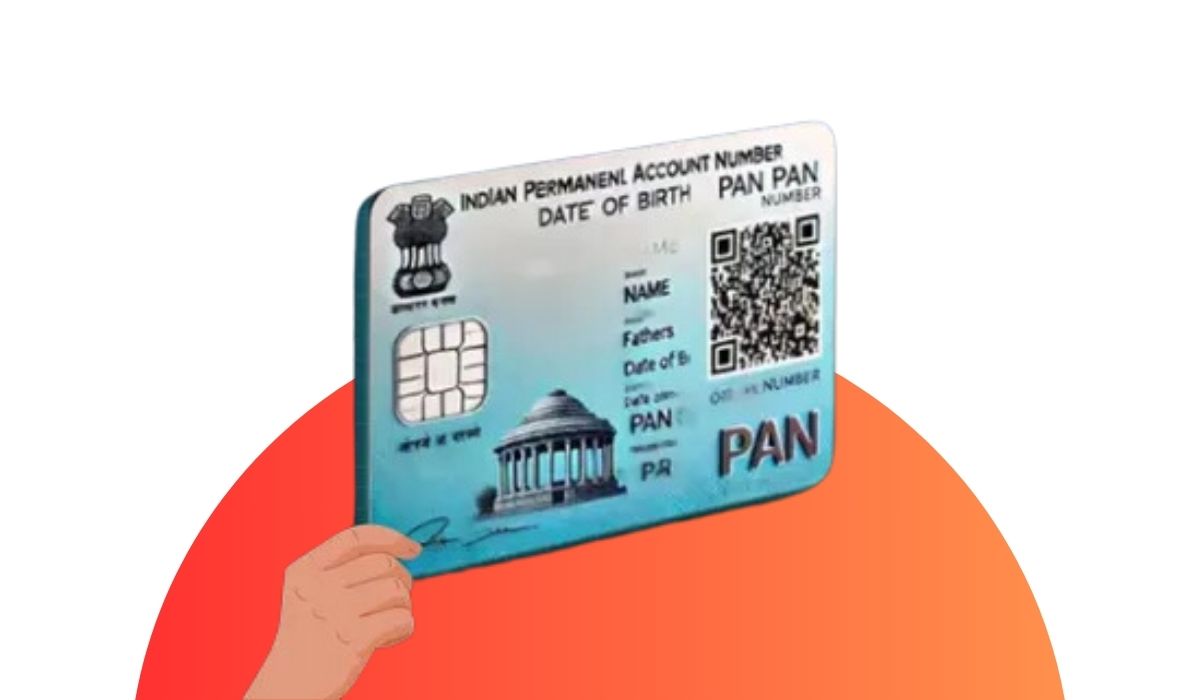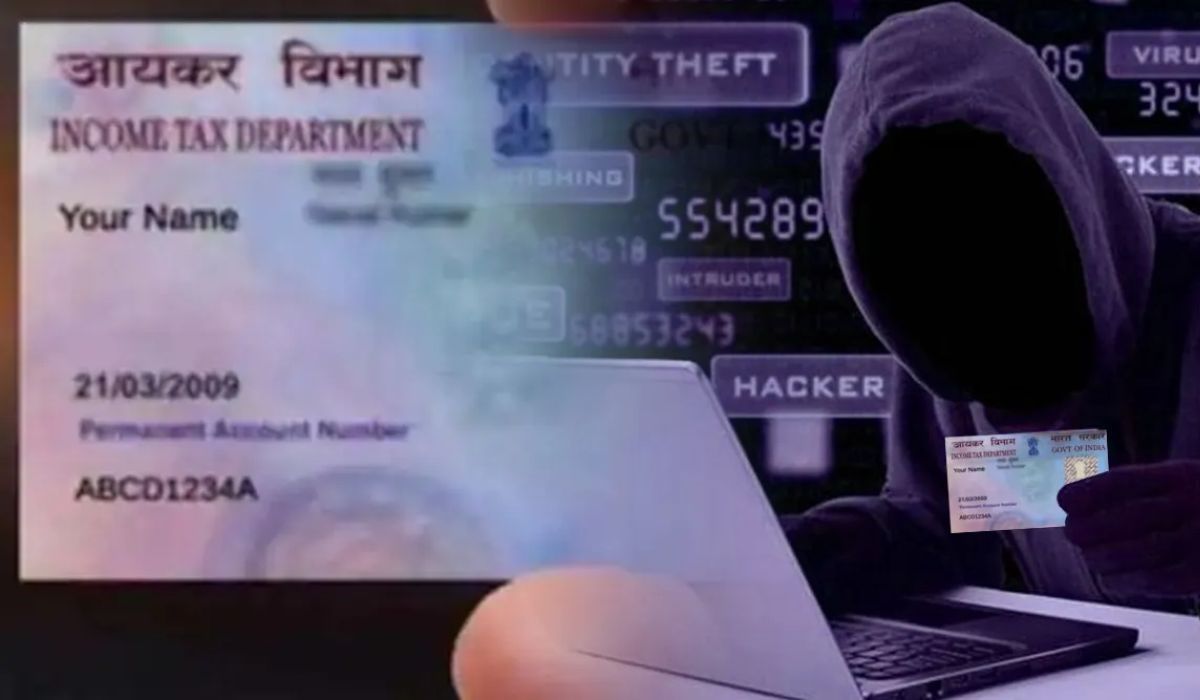The Permanent Account Number (PAN) is a distinctive 10-character alphanumeric code provided by the Income Tax Department of India. It is used for tracking financial transactions, ensuring tax compliance, and preventing evasion. Individuals, businesses and entities use it for filing tax returns, opening bank accounts and conducting high-value transactions.
With the advancing technology, the government has to develop an upgraded version, PAN 2.0. The project PAN 2.0 is approved by the Union Cabinet Committee on Economic Affairs with a financial implication of ₹1435 crores. This e-governance initiative focuses on upgrading the registration system of taxpayers through Digital PAN/TAN services. PAN 2.0 is a significant step towards Digital India, which is one of the major initiatives of the Indian Government. Understanding the transition from traditional PAN to PAN 2.0 is crucial to be updated with the evolving financial regulations and adapt to India’s increasingly digitalised ecosystem.
What is PAN 2.0?
PAN 2.0 is the updated and a little modernised version of the Permanent Account Number (PAN) system. It is designed to enhance its functionality and integrate it with advanced technologies. Services provided by the government related to PAN, like PAN and TAN application process, updates, linking to Aadhaar, correction, validation and issuance are currently spread onto three platforms: e-Filing Portal, UTIITSL Portal, and Protean e-Gov Portal. Through this project, these services will be combined into one unified portal.
Also, this update will enhance the experience of the taxpayers by providing faster service delivery and effective protection of sensitive data. This project also aims to make the online application process of PAN/TAN easier, update their details, and validate PAN information digitally. By redesigning these processes, the Income Tax department has taken a significant move towards creating a transparent system for taxpayers.
Key Features of PAN 2.0
- Enhanced Digital Capabilities:
Advanced digital technologies will be used by PAN 2.0, offering features like online accessibility, secured storage through mandatory PAN Data Vault and a digital verification system by QR code to simplify its usage in financial processes and tax-related issues.
- Faster Issuance and Verification:
PAN 2.0 ensures quicker issuance and real-time validation of PAN credentials with simpler verification systems and application processes. This helps reduce delays and improve efficiency leading to faster issuance and verification.
- Integration with Aadhaar and Other Government Services:
PAN 2.0 is integrated with Aadhar Cards and other government databases which enables more secure identity authentication and enhances its utility in various financial and administrative functions.
Differences Between PAN 2.0 and the Old PAN
Here is a detailed comparison of the features of the old PAN and PAN 2.0:-
| Feature | Old PAN | PAN 2.0 |
| Format | It is a 10-character alphanumeric on physical or digital cards. | Same 10-character structure with an addition of QR code verification. |
| Issuance Process | Paper-based or online application. Issuance can take several days. | Fully digital process. PAN is issued instantly. |
| Verification | Delay in verification because of limited platforms. | Real-time verification, as it is integrated with multiple systems. |
| Integration with Aadhar | Linking with Aadhar was optional. | Linking with Aadhar is mandatory. |
| Technology | Basic technology with limited automation. | Advanced technology like fraud detectors and QR codes. |
| Physical vs. Digital Presence | E-cards were optional, and more relied on physical cards. | E-PAN is made default, physical card is optional. |
| Fraud Prevention | Minimal safeguards against duplication and misuse. | Strong fraud prevention by linking it to Aadhaar and through biometric verification. |
This shift to PAN 2.0 from the traditional PAN marks a significant step by the government by offering enhanced security, real-time verification and a priority to e-PAN. It simplifies processes, reduces fraud and aligns with India’s approach to a transparent economy and greater accessibility in financial operations.
What are the advantages of PAN 2.0?
Here are some of the major benefits of the upgraded PAN Card in India: –
- Improved Accuracy in Financial Tracking:
Integration of PAN 2.0 with the Aadhar Card and other databases will ensure improvement in tracking financial transactions. It will enhance transparency and reduce errors in tax reporting.
- Reduced Risk of Fraud:
Advanced technological features like biometric verification, QR Code scanning, and data validation will help to reduce the chance of identity theft, duplicity and misuse of PAN.
- Faster Onboarding for Financial Services:
PAN 2.0 will enable quicker access to financial services like banking and investments by providing instant issuance and real-time verification. This will significantly reduce the onboarding time for the user.
- Aligned with Digital India’s Initiatives:
The PAN 2.0 project aims to integrate the PAN and TAN services into a unified and paperless platform. This aligns with Digital India’s initiative of using PAN as the Common Business Identifier (CBI)
- Promotes Compliance:
Simplified processes encourage individuals and businesses to stay tax-compliant. And as PAN 2.0 is a unified identifier for all financial transactions, it will thus act as a net to catch tax evaders. This will all contribute to a more transparent and efficient financial system.
Potential Challenges with PAN 2.0
- Compatibility with Legacy Systems:
Integration of PAN 2.0 with the existing financial and administrative systems may face some technical hindrances, leading to potential disruptions and delays in operations.
- Awareness and Adoption Issues:
There could be a lack of awareness about the features and benefits of the PAN 2.0 system, especially in rural areas. This problem could hinder the widespread adoption of PAN 2.0 and limit its effectiveness.
- Data Privacy Concerns:
The increased integration of PAN with Aadhar and other databases can raise concerns about the security and privacy of sensitive personal information.
In conclusion, various benefits are being offered by PAN 2.0 including enhanced accuracy in financial tracking, reduction in fraud, fast onboarding for financial services and alignment with digital India’s initiative. PAN 2.0 strengthens India’s financial system by ensuring transparency and efficiency. Transitioning to the upgraded system of PAN is essential for both individuals and businesses to take advantage of a unified, secured and digitally advanced platform. Embracing the PAN 2.0 is a step towards a powerful and transparent financial future.
FAQs
Do the existing PAN holders need to apply for a new PAN under PAN 2.0?
No, the existing PAN holders do not need to apply for a new PAN under PAN 2.0. The existing PAN card, without the QR code, will remain valid. The existing cardholders will automatically receive an electronic version of PAN 2.0 through email, without any need to apply.
Is PAN 2.0 mandatory for taxpayers?
No, PAN 2.0 is not mandatory for taxpayers as the older PAN remains valid. So, the taxpayers are not required to switch to the new one. However, the taxpayers should go for the upgraded version, as it offers various features like QR codes.
Will existing PAN card holders be able to update their details under the PAN 2.0 system?
Yes, the existing PAN cardholders will have the option to make corrections or update their details such as name, address or other details free of any charge when the PAN 2.0 project is active.
Will taxpayers have to pay for any PAN services under the PAN 2.0 system?
There will be no cost for any PAN services under PAN 2.0 unless you require a physical PAN Card for which a request can be made with a fee of ₹50 for domestic delivery.




